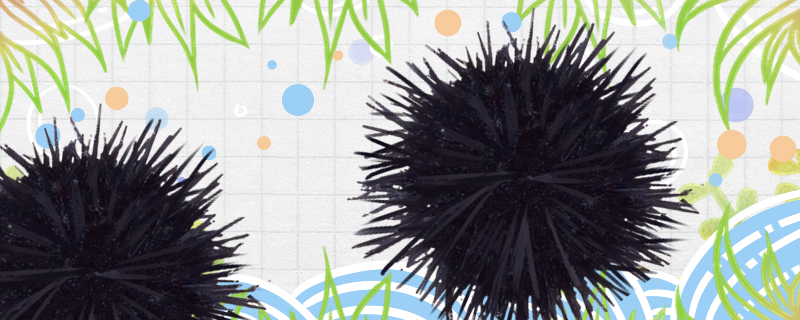
Sea urchin is an echinoderm that lives in the ocean. There are many different species of sea urchins, and all the species of sea urchins in the world add up to hundreds. Of all the sea urchin species, most are poisonous and only a few are edible. According to statistics, edible varieties are very few, no more than 20 kinds.
Sea urchins are spherical, heart-shaped and other shapes, their shells will have some spines, length between 1-2 cm. The thorns themselves are relatively easy to break, but they can grow back after breaking. These are the spines that sea urchins use to produce toxins. After a human or other animal is stung by these thorns, it may be poisoned. In addition, if the gonads of poisonous sea urchins are eaten, they may also be poisoned.
As mentioned above, the vast majority of sea urchins are toxic. However, there are different species of sea urchins, and the toxicity of these different species of sea urchins is also different, and the toxins they secrete will act on different organs. Some toxins act on the respiratory system of human beings and other animals, which can lead to breathing difficulties and even failure of animals; Other toxins have a paralyzing effect, causing muscle paralysis in humans and other animals; Other toxins can act on human red blood cells and dissolve them; Others can directly act on the human heart, causing the heart to stop beating and so on.
For example, there is a kind of sea urchin called "ring urchin", which has barbs on its spines, which can penetrate into the skin and release venom. When the symptoms are mild, the skin will be red and swollen, if serious, it will affect the heartbeat, and may even lead to spasms.